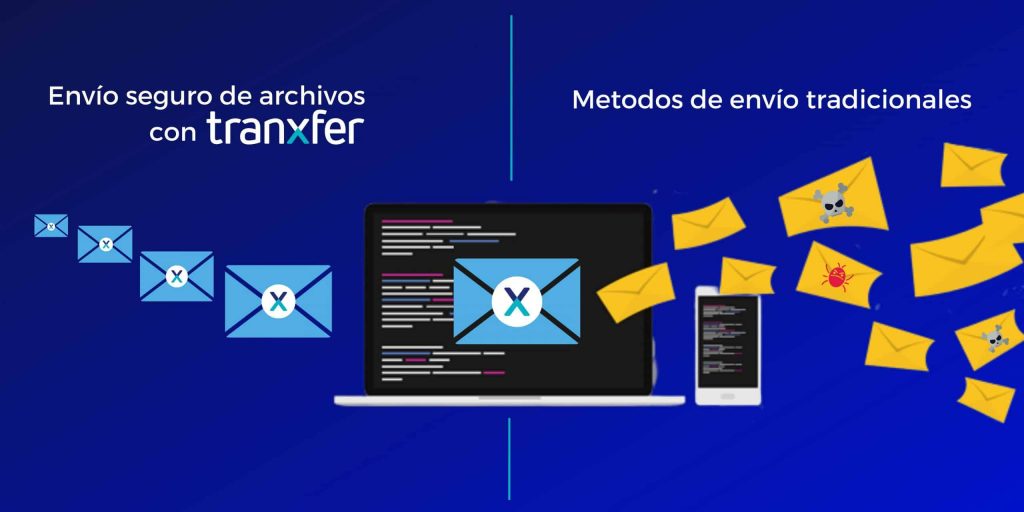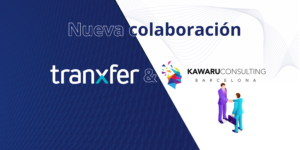What is Ransomware? Ransomware is that type of malware that enters devices, infects them, and locks their data while waiting for the affected party to pay the ransom to unlock them. According to him 6th Hiscox Cyber Readiness Report, 48% of companies received a malware attack during the past year 2021. Other relevant data from the report is that the average cost of the attacks increased to 15,300 euros, and that one in five of the companies say they have received a Ransomware attack.
The 64% of the organizations that received a Ransomware attack, paid the ransom. A very high number, of an activity that is not recommended, with this practice, this type of attack is being encouraged. Furthermore, only 24% of these companies recovered their data, and almost half were attacked again. So what is there to do? It is advisable not to pay, since paying does not guarantee data recovery in any case.
Where does “Ransomware” enter, and how to avoid it?
Mainly, it enters through Mail, followed by sharing spaces in the cloud. It enters as a hidden code snippet in a file or link, which, if clicked or downloaded by the user, infects the device. Therefore, it is important to be careful with suspicious websites or emails and not open them. Some recommendations to protect devices are:
- Do not open suspicious attachments: As mentioned, email is one of the main entry routes for malware, and hackers use it to send malicious files as email attachments.
- Do not open suspicious links: Ransomware can also sneak into malicious links, so don't follow the thread of unsafe links either. It is important to closely inspect any links, emails, or other messages you receive and ensure they are from a trusted source before interacting with any of their content.
- Make backups: Making copies of your data is a highly recommended practice, since in case you fall victim to a ransomware attack, you can use your backup to recover your data without having to pay the ransom.
- Keep the software always updated: Program updates always include security patches for vulnerabilities that are detected. For this reason, it is important to always have the latest version of all programs, in order to offer maximum resistance to cybercriminals to find a security breach.
To avoid them, the best way is to use an MFT like Tranxfer and thus have a secure channel for exchanging files, both inside and outside the company.
Tranxfer offers a channel for the exchange of information, with end-to-end encryption, traceability, DLP and many other features that guarantee that no file that arrives through this channel is malicious. You can request a demo hereYo.









